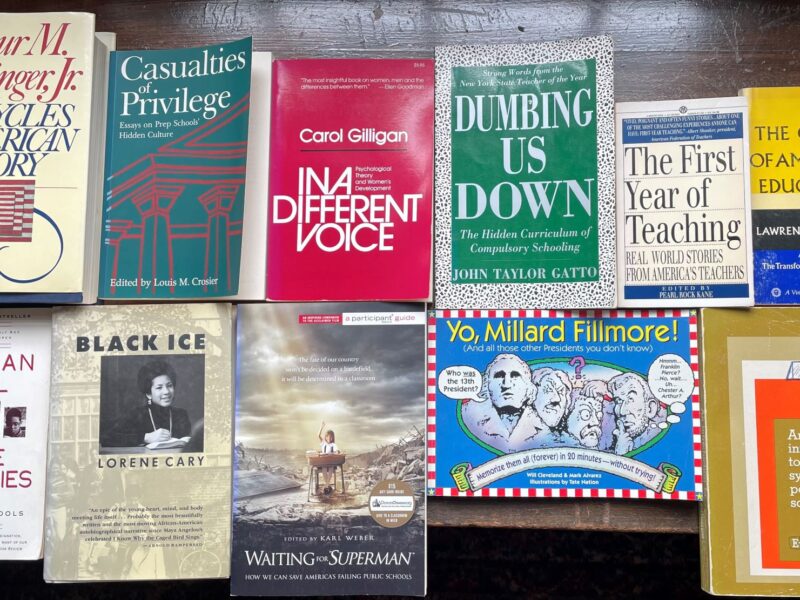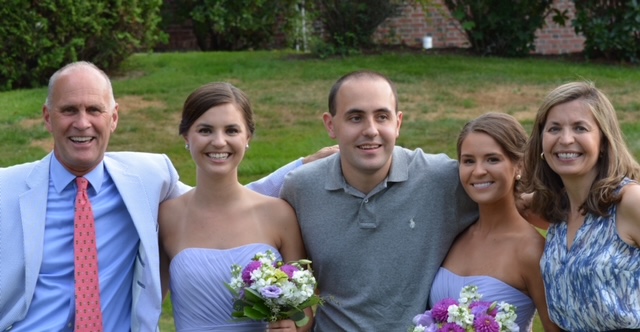The Controller v. The Enabler
Years ago, Geno Ring, a Bath (ME) substance abuse counselor who works with Hyde students, taught us a very interesting role-playing exercise. He tapes off a 10′ x 12′ rectangle in our auditorium and then asks for five volunteers to represent a mother, a father, and three children. He asks the five participants to imagine that the 10′ x 12′ rectangle is a life raft and then… “Imagine that you are afloat on the ocean. The raft is very tippy and each family member must constantly be aware of where the others are positioned so that it will not tip over.”
To add to this scenario, he hands a whiskey bottle to one of the five, whom he instructs to act oblivious to the circumstances and to stagger aimlessly around on the “raft.” Then the audience observes with amusement as the four remaining participants try to keep the raft steady.
I have watched, facilitated, and participated in this exercise a number of times and each time the same scenario materializes: the four non‑drinkers scurry around the raft, ever mindful of the actions of the “drunk” as they try to maintain balance. It is very interesting to consider the reactions that do not occur:
1) I have never seen the drinker thrown off the raft.
2) I have never seen the non‑drinkers “jump off” the raft as if to swim to safety.
In short, the “drinker” is not confronted and the other four participants work around him or her. The family typically enacts the dynamic of The Controller v. The Enabler. One individual takes the lead and the enablers follow along allowing the drinker to remain in a state of oblivion, taking no responsibility for the circumstances and the dynamics that result. That often happens to families in which alcohol is a problem. However, the controller/enabler dynamic is not limited to drinking.
Often one parent will be a successful professional and the other will be home taking care of the household and the children. The more successful the professional parent, the less time spent on the family. The more the homemaker maintains the home, the less interaction occurs with the other spouse. The parent at home often fails to challenge the other parent and the two resign themselves to a decidedly non-inspiring common understanding of roles and responsibilities.
Now let’s add some behavioral problems on the part of one of the children. A common response is for the professional parent to try to control the problem and the homemaker to acquiesce to this control. (However, it can also operate in reverse.) As the problem intensifies, the controller kicks in with more control and the enabler, as if batting clean-up, will often go to rather incredible lengths to accommodate the fall-out generated by the decisions of the controller.
Once the parents come up for air long enough to explore their true feelings about their family dynamic, the enabler often realizes that he/she harbors deep‑seated resentments regarding the arrangement. The dynamic, if left unchecked, will inflame the problems and, worst of all, the children may well carry an unhealthy mindset into adulthood, recreating it in their own marriages and families in a sort of warped a la Far Side rendition of The Circle of Life .
Next: Good Kid/Bad Kid
Onward, Malcolm Gauld


